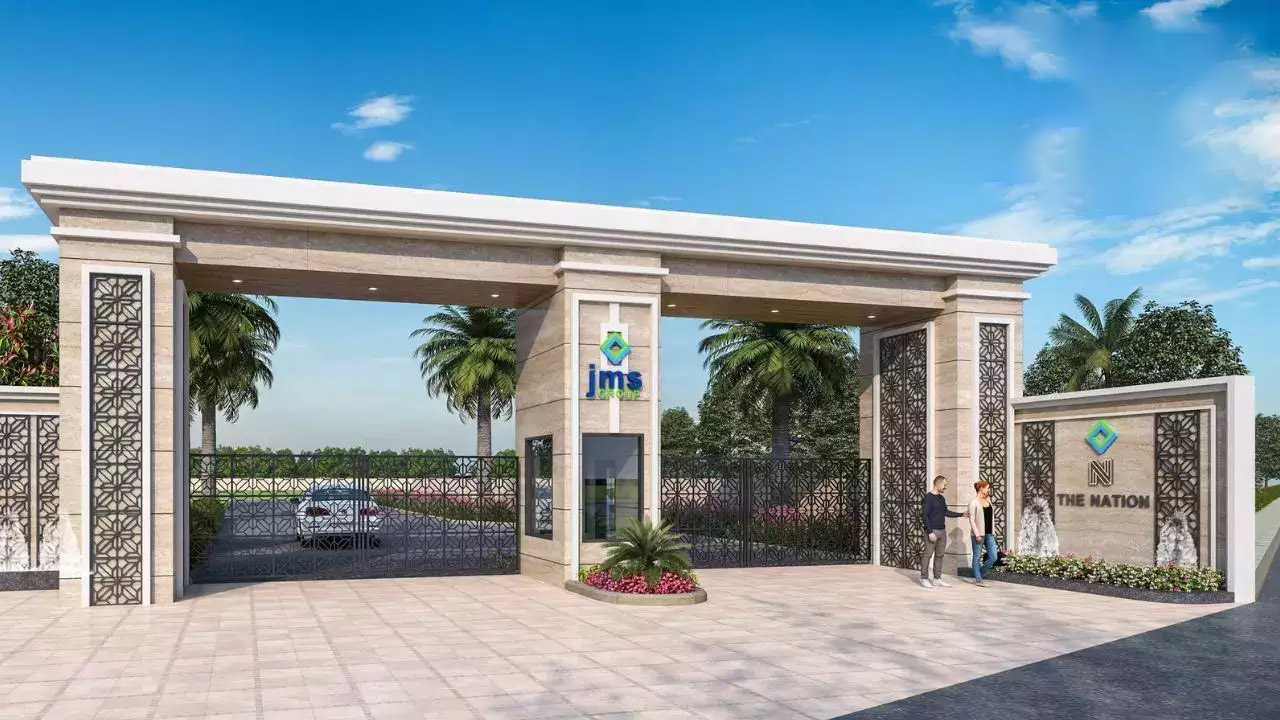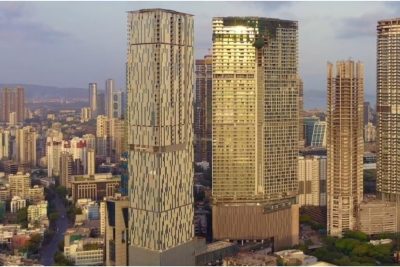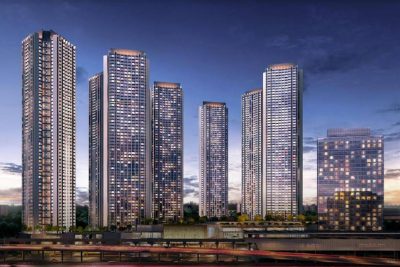The industry looks to the government for a holistic approach that addresses both the supply and demand sides of the real estate market.
The sustained growth of the Indian real estate sector can be attributed to a confluence of factors, including rapid urbanization, progressive policy reforms, a buoyant consumer sentiment, and a notable increase in disposable income. In an exclusive conversation with ETNowNews, Pushpender Singh, MD, JMS Group spoke on the Housing for All agenda, and the growth in real estate sectors, among others.
1) How does the industry expect the government to strengthen the ‘Housing for All’ agenda in the upcoming budget, particularly in terms of supply-side stimulus and boosting end-user demand?
The industry’s expectations for the upcoming budget are centered around the government’s commitment to advancing the ‘Housing for All’ agenda. We anticipate specific measures to provide supply-side stimulus and boost end-user demand. Foremost among these expectations is the hope for a comprehensive tax relief plan to enhance affordability and stimulate demand. Additionally, there is a strong expectation for an increase in the maximum limit of deduction from Rs 2 lakh on housing loan interest rates, with a suggested threshold of at least Rs 5 lakh. This increase is considered essential to make housing more accessible and contribute significantly to bolstering end-user demand. The industry looks to the government for a holistic approach that addresses both the supply and demand sides of the real estate market.
2) What are the industry’s expectations with regard to housing loan interest rates?
The real estate industry has specific expectations regarding housing loan interest rates. A critical expectation from the government is that it considers increasing the ceiling for the affordable housing segment to attract a broader range of buyers. The current upper limit appears insufficient, especially given the challenges posed by high inflation and escalating commodity costs. A higher cap would not only expand the scope of the sector but also align with the government’s overarching goal of ensuring Housing for All. This adjustment is viewed as a pivotal measure to not only make housing more affordable for prospective buyers but also to incentivize investments in the real estate sector.
3) Could you elaborate on the key factors contributing to real estate’s sustained growth and how the upcoming budget is seen as a crucial determinant in shaping the sector’s trajectory?
The sustained growth of the Indian real estate sector can be attributed to a confluence of factors, including rapid urbanization, progressive policy reforms, a buoyant consumer sentiment, and a notable increase in disposable income. In 2023, the sector witnessed unprecedented growth, breaking previous records and showcasing remarkable progress. As we approach the Interim Budget for 2024, the industry remains optimistic, anticipating the government’s commitment to maintaining the momentum through a continued focus on existing schemes. The upcoming budget is perceived as a crucial determinant in shaping the sector’s trajectory, with expectations for strategic policy measures that foster sustained growth and align with the evolving dynamics of the real estate market.
4) In terms of urban infrastructure development in Tier 2 and Tier 3 cities, how can it positively impact the real estate landscape in these regions?
The upcoming budget is expected to place a strategic emphasis on sustainability, which is reflected in continued attention to energy transition and infrastructure development. Notably, the allocation of funds from the Urban Infrastructure Development Fund (UIDF) is seen as a critical move that can positively impact the real estate landscape in Tier 2 and Tier 3 cities. By supporting public agencies in creating urban infrastructure in these untapped markets, the budget is expected to drive development and unlock the latent potential of these regions. This approach aligns with broader goals of urbanization and will contribute significantly to not only the growth and diversification of the real estate sector in Tier 2 and Tier 3 cities but also to promoting a more inclusive and balanced development across the country.
Source : ET Now News




